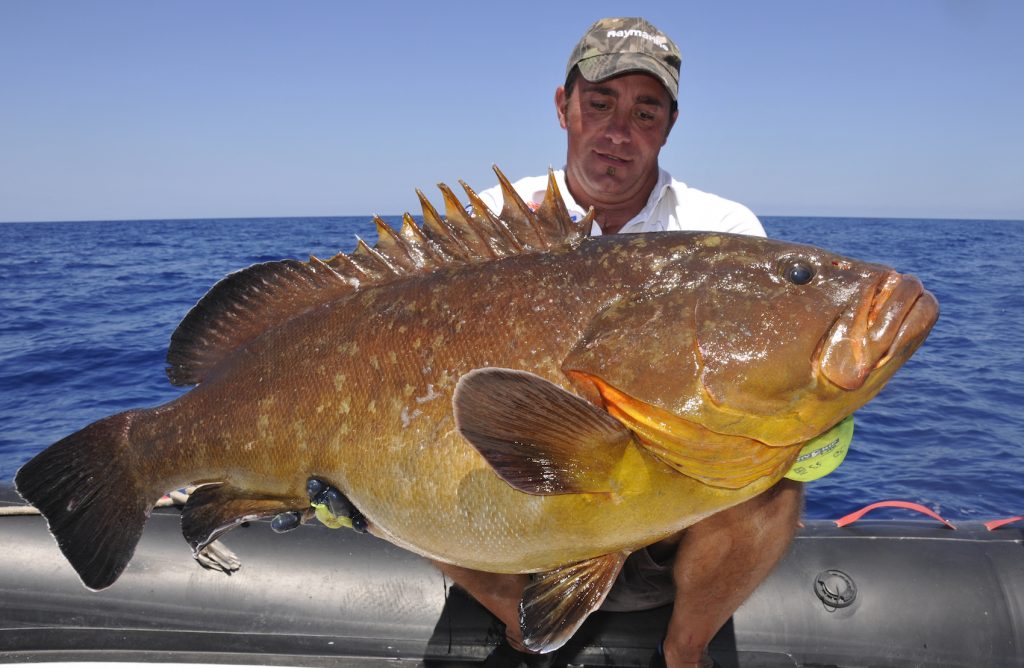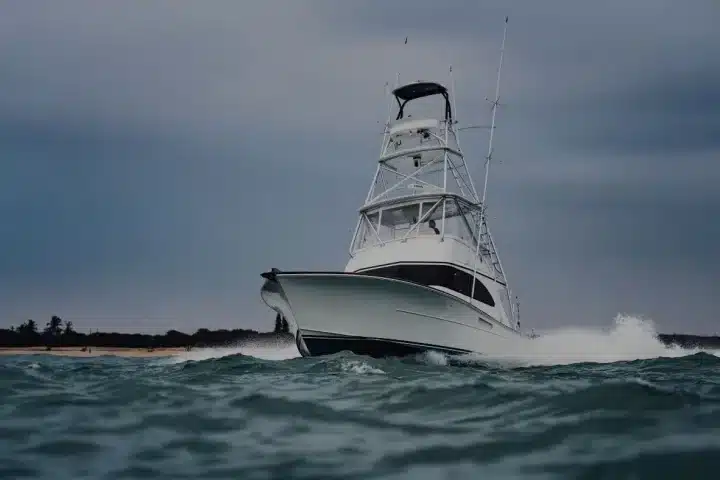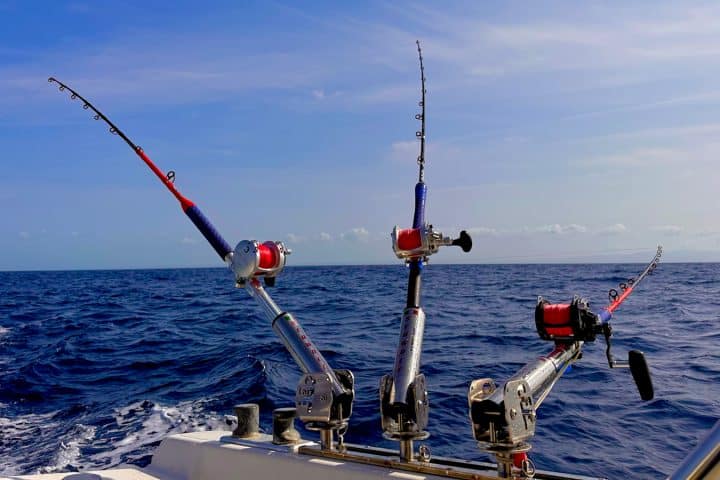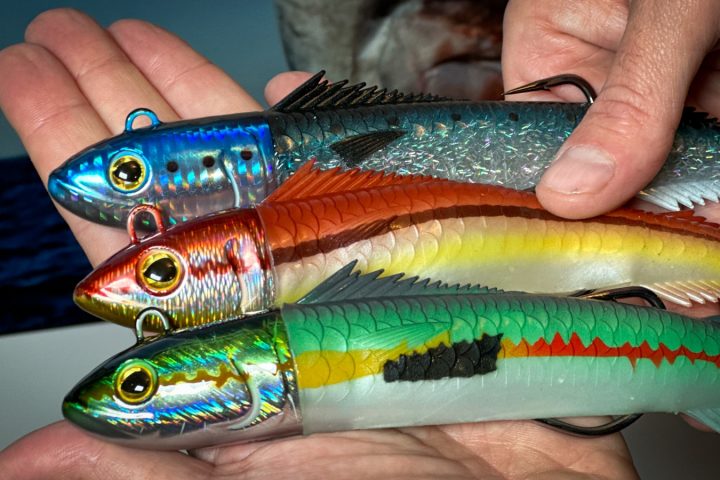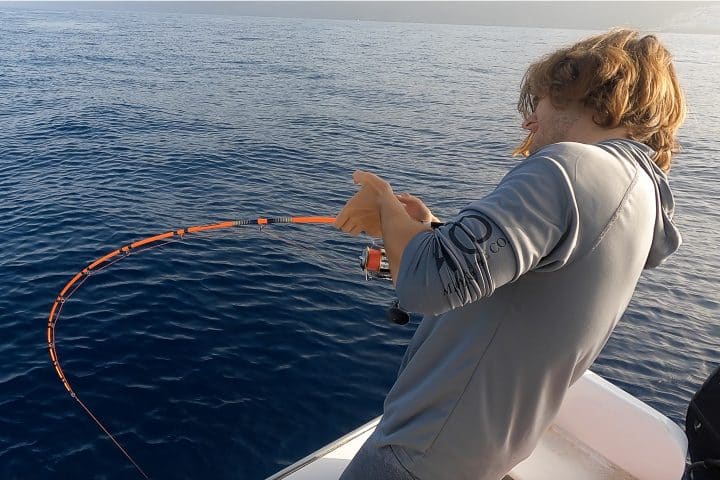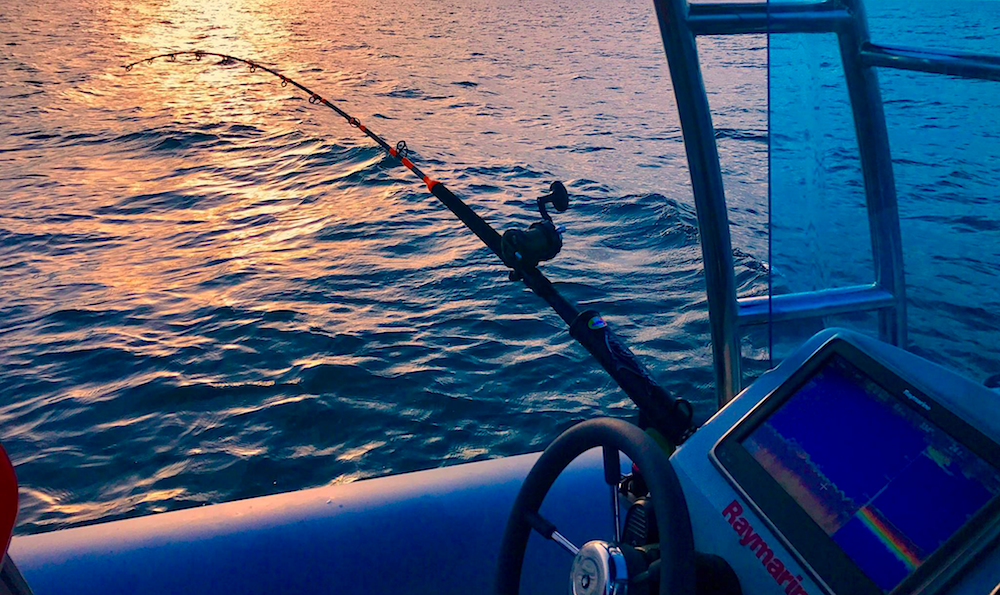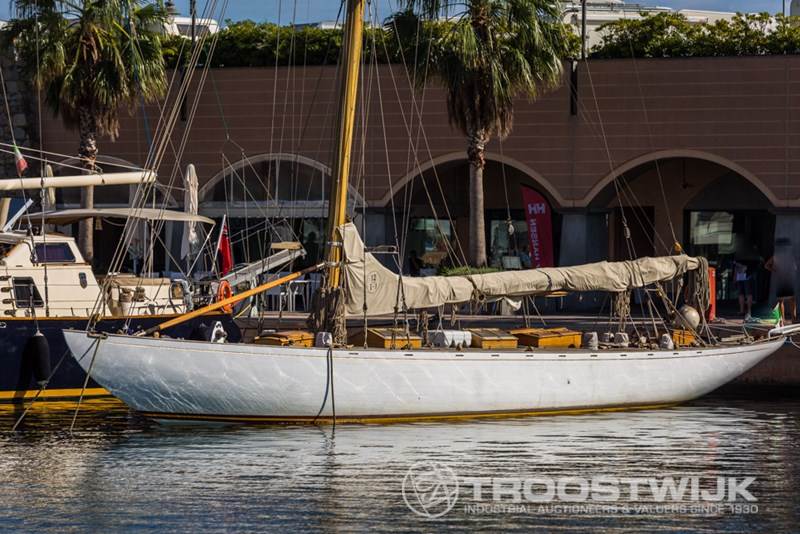A highly reliable knot: the Solid Knot.
What you are about to read is the first article of Boatandboats Fishing, the new thematic section that Boatandboats dedicates to recreational boat fishing. The article initiates a new path towards a deeper understanding of all the aspects, facets and fun facts about our common passion, that is fishing from the boat.

In order to celebrate my new, satisfying collaboration with Boatandboats along with the birth of the new section, today I want to “get the party started” with an article dealing with a highly reliable fishing knot: the Solid Knot.
This knot is particularly efficient in all those situations where fishermen have to fight with big or strong preys. There are indeed many situations where the angler can give the hooked fish just a little or even no wire. And, when on the other side of the fishing line is a big amberjack, grouper or a tropical prey, this means that we’re dealing with a great, almost titanic, challenge, where every single part of our fishing equipment is subjected to extreme stress.
It’s exactly in these situations that our knots are under great stress.
Knots are, in fact, the points where the fishing line is weaker and the breaking strength of materials (nylon or fluorocarbon, for example) significantly drops.
Unfortunately, especially in disciplines like vertical jigging or trawling, fishermen often choose their knots superficially, probably more concerned with the ease of execution of the knot itself than with its real reliability. While a easy-to-tie knot is an important aspect, an angler should, however, be sure that his choice is the best one. However, it is also true that fishermen often don’t care about this aspect. Indeed, we’re talking about situations where “fights” occur on the high seas, where the angler can act without never forcing the fish: these are situations where most of common knots are generally sufficient.

Things change when anglers are forced to handle situations like those we’re covering in this article, which is when big preys and the surrounding environment require more technique and more specific solutions. In other words, these are situations where anglers should be able to tie reliable knots with wires of all diameters and toughness.
Most times, anglers are obliged to “force” the fish because of big obstacles on the bottom (against which fish can break the line easily) like wrecks, sharp rocks or coral reef, all circumstances where a generous nylon or fluorocarbon leader becomes essential.
The Solid Knot under the microscope

The solid knot is one among the most popular knots amongst vertical jigging enthusiasts. It is named after a small ring generally used in this discipline and called “solid ring“.
As you can see in the step-by-step illustration below, the Solid Knot is not a real knot but a sort of binding which, without blocking the fishing line, guarantees a breaking load equal to about 95% of the overall capacity of the fishing line.
The solid knot is successfully used in all situations where anglers have to fight against strong predators in seas whose bottoms are rich of rocks and coral reefs.
The solid knot can be easily tied with fluorocarbon fishing lines with a diameter of 0.60-0.80 mm.
The dusky grouper ( see featured image) is, for example, one of the most-wanted fish amongst jigging and trolling with live bait enthusiasts. Especially if very big, once hooked, the grouper tends to escape and disappear in the rocks. If we want to catch it successfully, we need a highly reliable knot which could prevent it from escaping.




